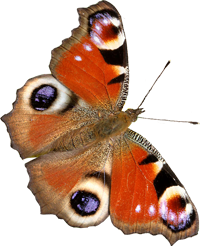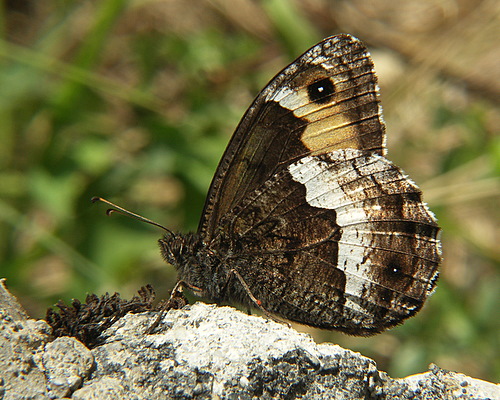
Isère, France, July 2006
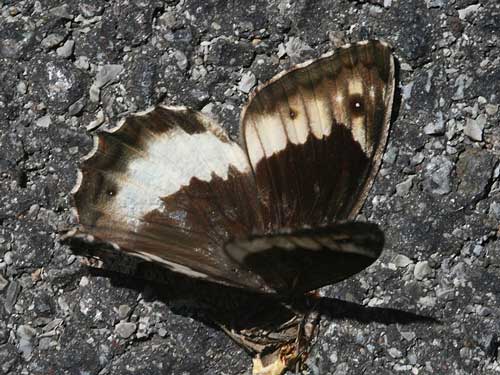
Var, France, July 2009
Field notes and information
A widespread and often common species.
Identification & Similar species: This is one of a group of species difficult to identify owing to individual variability. The following descriptions are not fully reliable. Reference to the julien organs surrounding the genetalia is reportedly definitive, but I've not had great success with this.
Woodland grayling, H. fagi: averagely larger. Internal edge of the underside hindwing white band curved. Underside forewing white band often without significant indent.
Rock grayling, H. alycone: internal edge of the underside hindwing white band straight (but with an large indent in the middle). Underside forewing white band often with significant indent just below the apical eye spot.
Lesser rock grayling, H. genava: as rock grayling H. alcyone. I don't know of a reliable way to separate these two species.
Eastern rock grayling, H. syriaca: almost as large as the woodland grayling, H. fagi, the only other species of this group that occurs in the Balkans. The underside hindwing is very similar. The underside forewing white band is averagely much narrower and with indents.
Distribution & Flight: Pyrenean foothills of Spain, through southern France and eastwards, including Italy and the Balkans. Single brooded from June to September.
Habitat & Behaviour: Open woodland with grass. Often rests on tree trunks for shade during the hottest parts of the day.
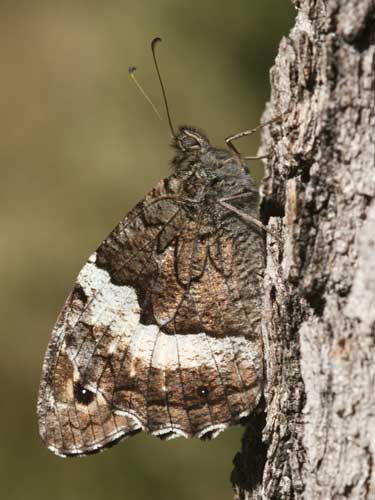
Var, France, July 2009
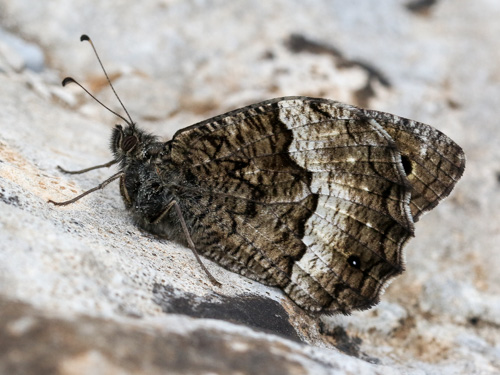
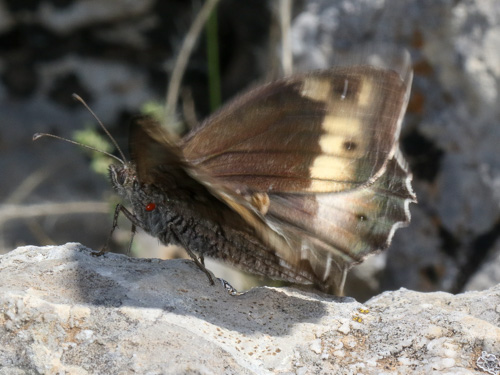
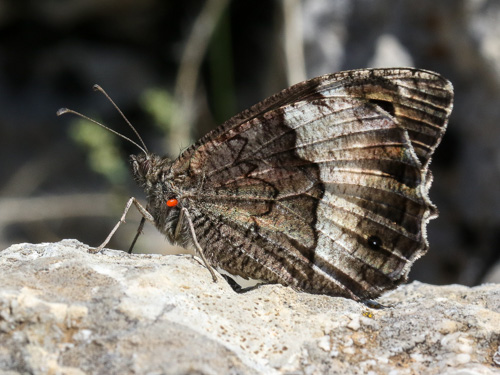
Peloppenesos, Greece, July 2018
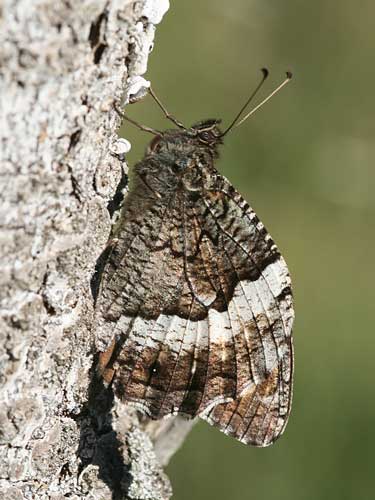
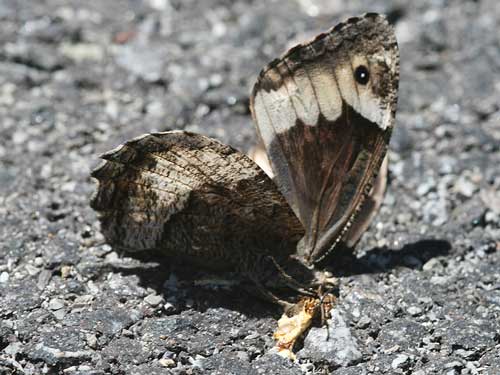
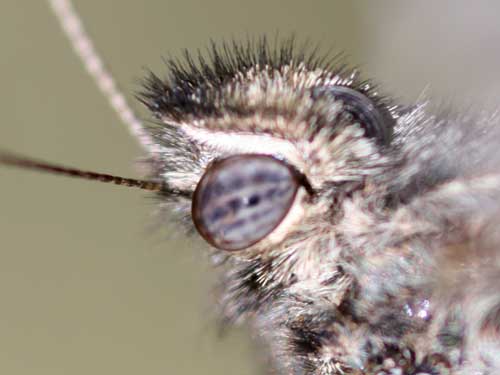
Var, France, July 2009
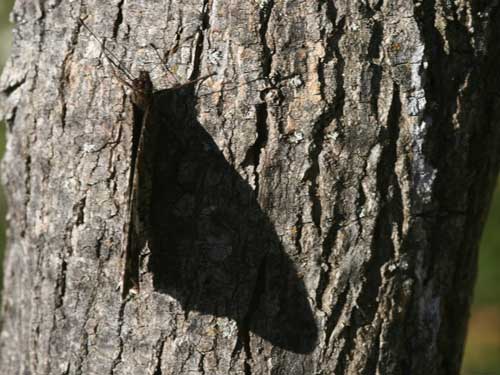
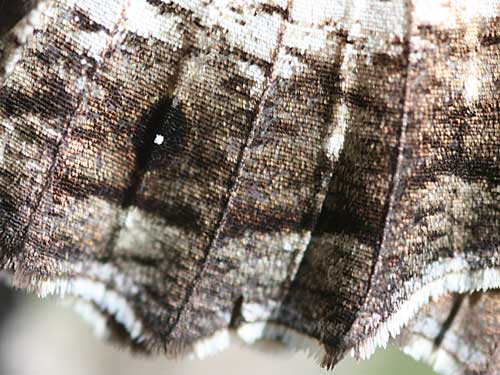
Var, France, July 2009
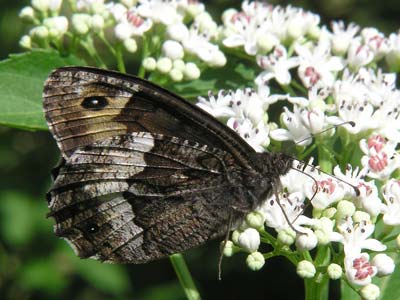
Pirin Mts, Bulgaria, July 2004
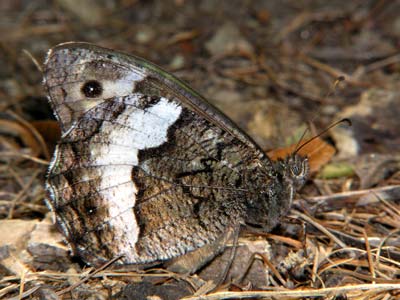
Valle d'Aosta, Italy, July 2004
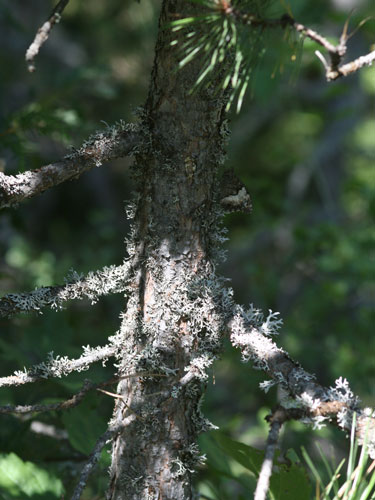
NW Greece, August 2008
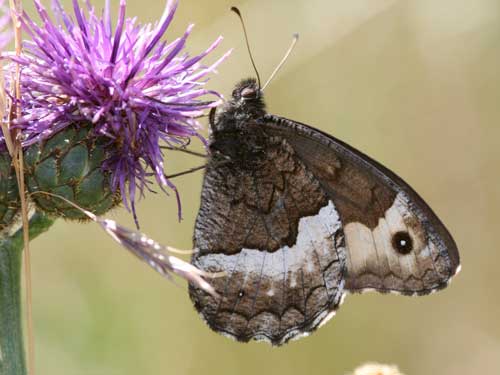
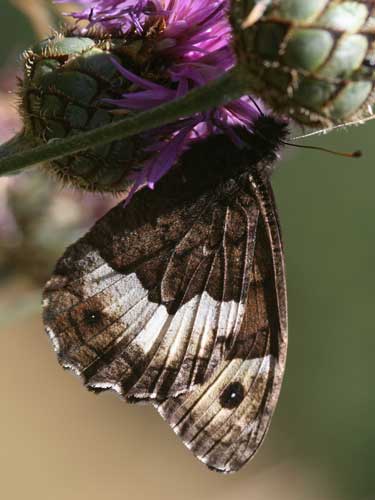
Alpes de Haute Provence, France, July 2009
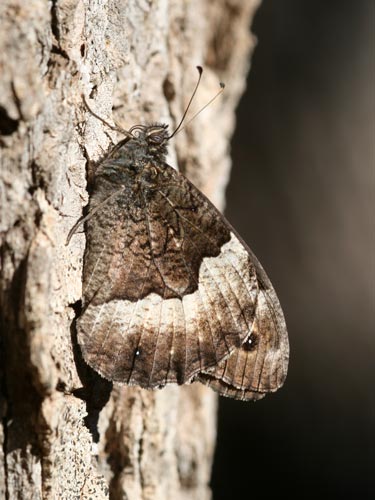
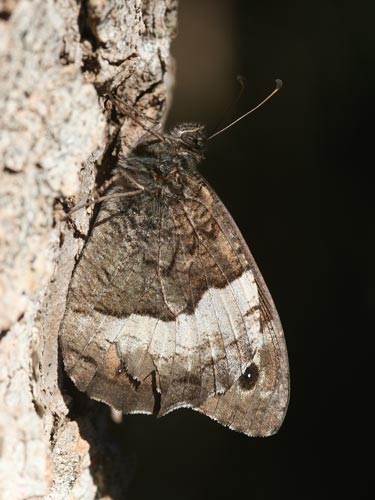
S Greece, August 2007
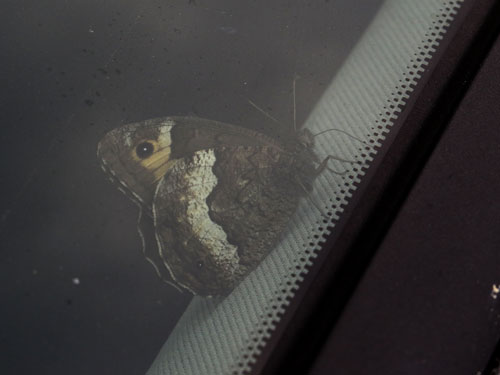
NW Greece, July 2016
Happily extracting salts (or something) from the plastic interior of our car.
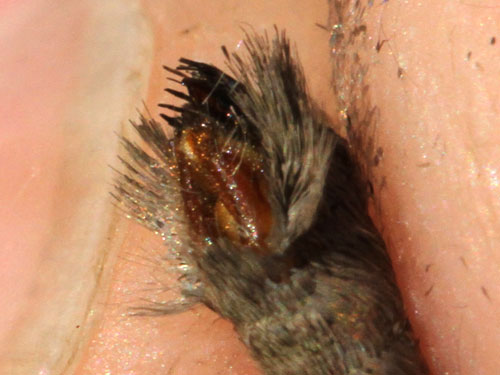
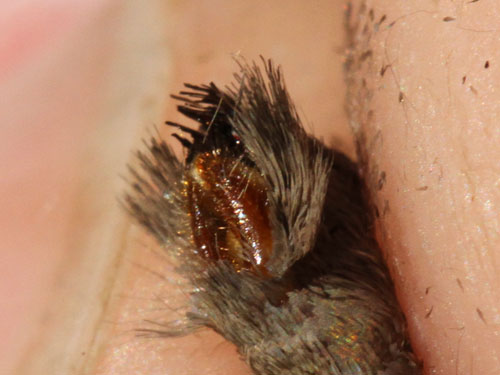
Peloppensos, Greece, June 2013
The Julien organ on the tail can be used to separate very similar Hipparchia.
